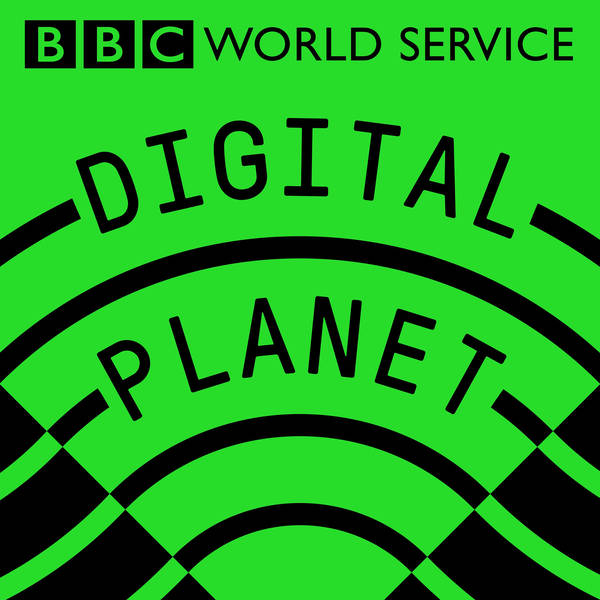
Detecting earthquakes with seafloor internet cables
Scientists at the National Physical Laboratory have released research that utilises existing subsea telecommunications cables as environmental sensors, for example to detect earthquakes. These cables exist in many parts of the world already, so this finding has the potential to revolutionise seafloor earthquake monitoring. Research scientist Giuseppe Marra explains how it all works and Laura Kong, the director of the International Tsunami Information Centre, tells Gareth how this could improve tsunami warning systems.
Healthcare delivery drones in India India’s first organised medical drone programme was recently completed in the state of Telangana. Over the course of the 45-day trial, drones delivered different medical supplies including vaccines. What are the takeaways from this trial? Could this technology be used in other parts of the world? Gareth speaks to Rama Devi Lanka, Director of Emerging Technologies of Telangana government, and India lead for aerospace and drones at the World Economic Forum, Vignesh Santhaman.
AI translating African Bantu languages The African continent has over a thousand languages and many of these are spoken by small populations. Abantu AI is a startup in Nairobi aiming to broaden the access to translation services by training AI on datasets of Bantu languages. Founder James Mwaniki tells Gareth how translation into these smaller African languages might be used in the future.
Presenter: Gareth Mitchell With expert commentary from Bill Thompson
Producer: Florian Bohr
(Photo: Underwater fibre-optic cable on ocean floor. Credit: imaginima/Getty Images)
